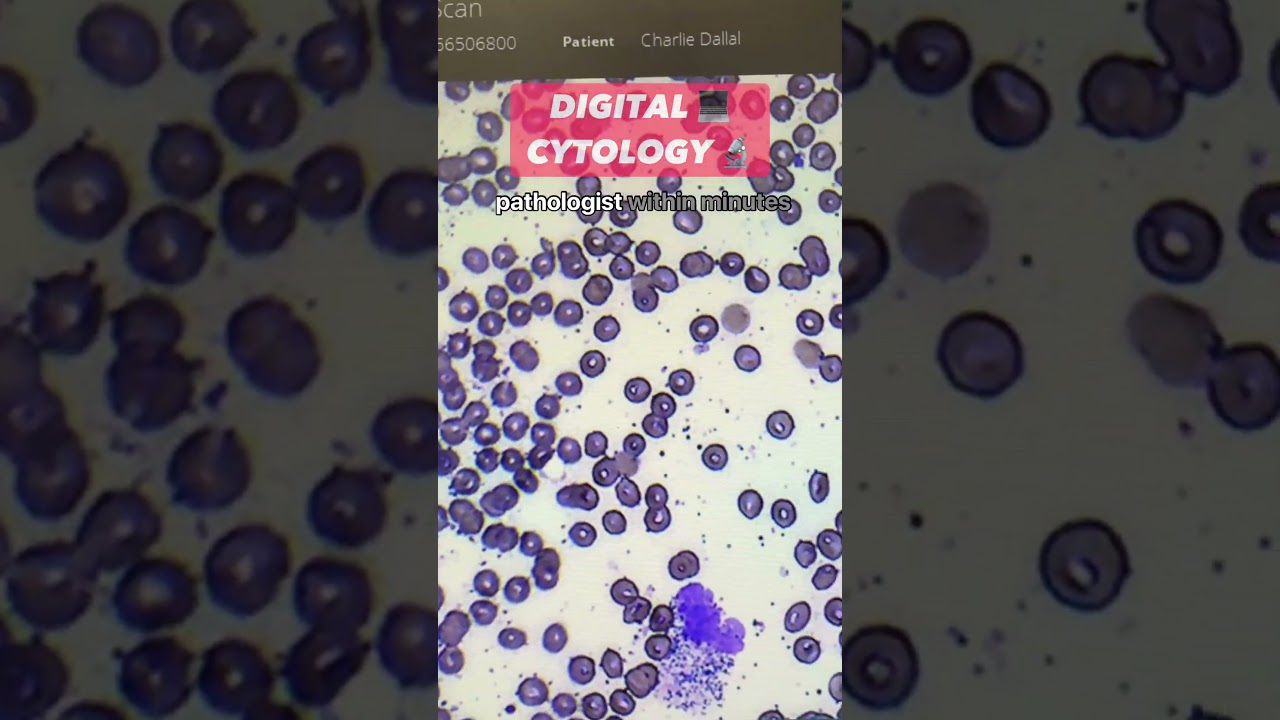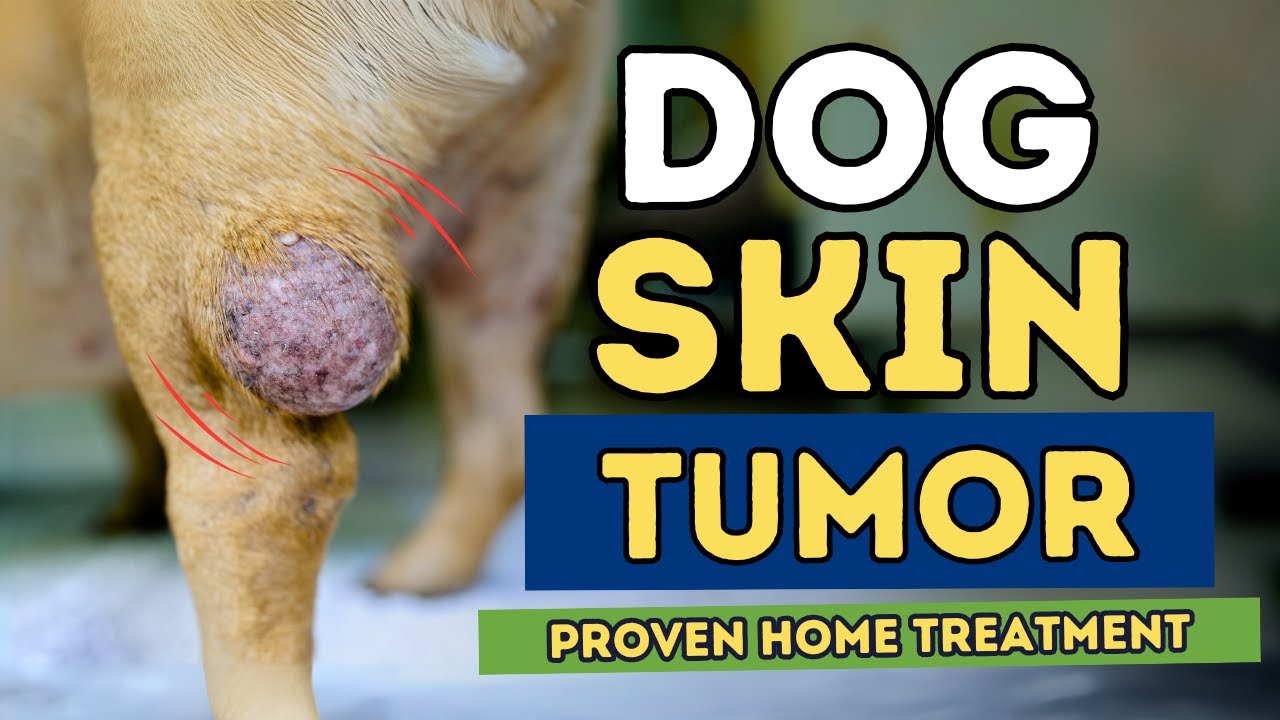Understanding Mast Cell Tumors Through Impactful Images
Mast cell tumors (MCT) are a common form of skin cancer in dogs, often presenting as unusual swellings or lumps. These tumors can vary significantly in appearance, and understanding their visual characteristics is crucial for pet owners. In this article, we’ll delve into photos of canine mast cell tumors to help you recognize what these tumors might look like on your furry friend. These images serve as critical reminders for owners to monitor their dogs’ health vigilantly.
Recognizing early signs of mast cell tumors can make a world of difference. By learning to identify the physical characteristics of these tumors, owners can be proactive in seeking veterinary care. This not only enhances the chances of successful treatment but also empowers you as a pet owner. So, let’s take a closer look at some specific images that represent various stages and types of mast cell tumors.
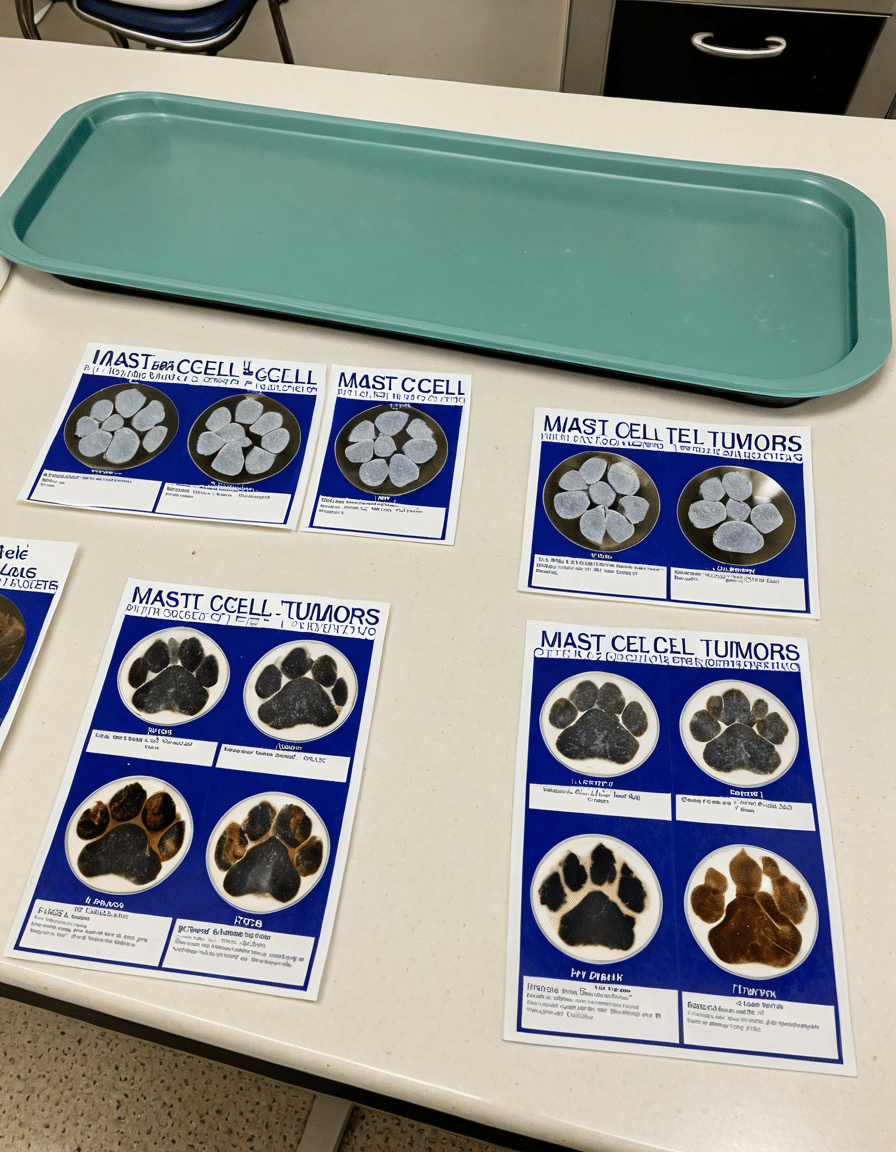
5 Distinct Photos of Canine Mast Cell Tumors You Should Know About
This initial image showcases a small, raised lesion on a dog’s paw. Typically, the color can appear pinkish or red, signaling possible inflammation. Noticing such symptoms early can lead to prompt veterinary intervention. Keep an eye on any unusual changes in your dog’s paws; it’s often one of the first places these tumors can appear.
Next up is a photo featuring a larger, well-defined mass on the abdomen. This type of growth often appears firm and smooth. Tumors like this can cause concern for pet owners. Immediate veterinary assessment is crucial to determine if the lump is malignant or benign. If you notice a lump on your dog’s belly, don’t wait—get your vet’s opinion.
An eye-opening image shows an ulcerated mast cell tumor that has formed crusts. The surrounding skin may display irritation or discoloration. This appearance should raise red flags for owners about potential complications. Early detection is particularly crucial here, as ulcerated tumors often indicate a more aggressive type of cancer.
Capturing a post-treatment scenario, this photo reflects a mast cell tumor that has been surgically removed. It provides insight into the healing process, which can vary from dog to dog. Owners should be prepared for a range of post-operative realities, including caring for the surgical site and watching for any signs of complications during recovery.
Displaying several mast cell tumors across a single dog’s body, this image emphasizes the need for comprehensive examination and ongoing monitoring. Such advanced situations highlight the importance of regular veterinary check-ups. If your dog is diagnosed with one tumor, they could be at risk for developing additional tumors, making vigilance essential.
Related Health Visuals: Images of Yeast Infection in Dogs’ Ears
Broaden your pet health insight by looking at images of yeast infection in dogs’ ears. Conditions like these can sometimes overlap with issues that arise from mast cell tumors. Symptoms may include redness, swelling, and discharge, which could confuse inexperienced owners. When in doubt, seek a vet’s opinion to rule out any serious concerns.
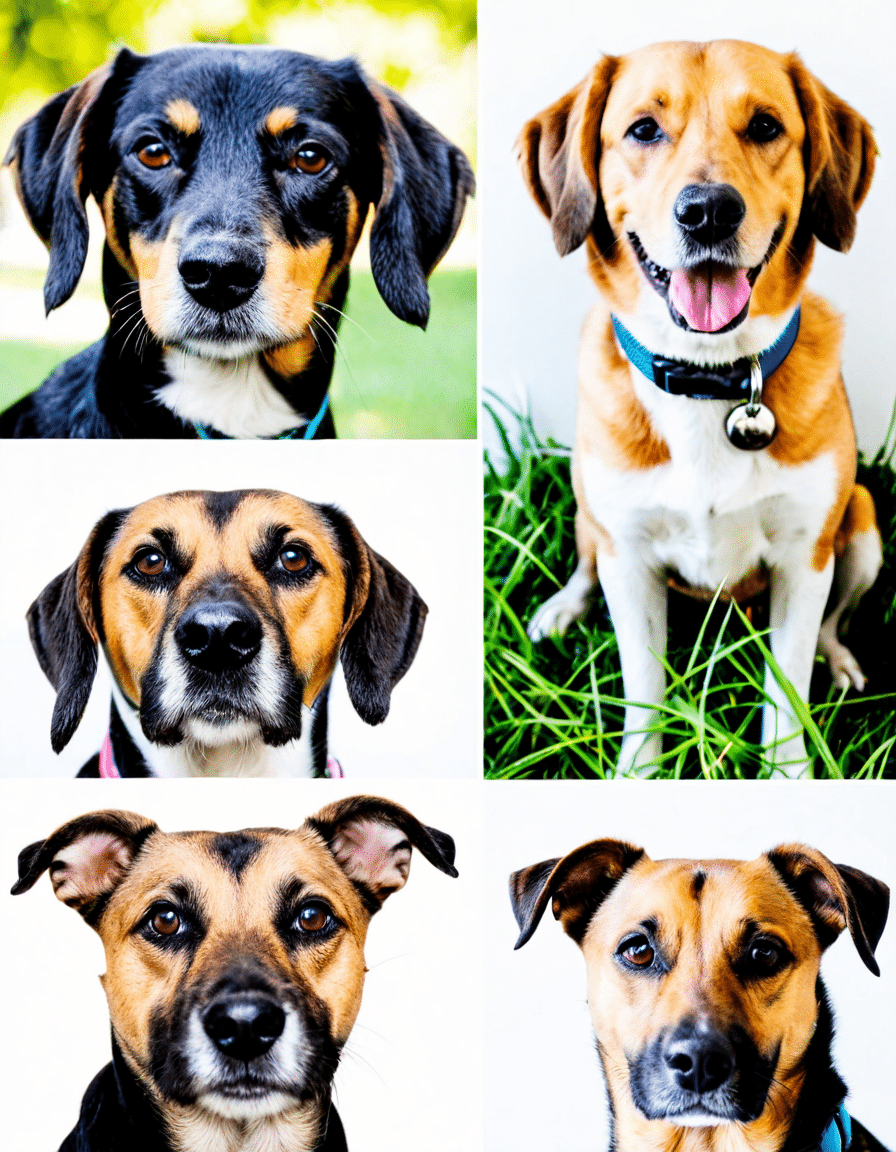
Unpacking Other Health Concerns: Pictures of Liver Flukes in Stool
Another visual exploration includes pictures of liver flukes in stool. While this condition differs from mast cell tumors, it serves as a reminder of the variety of health issues dogs may face. Understanding these images can better equip pet owners for making decisions about veterinary visits and treatments. A well-rounded awareness of canine health issues enables quicker detection and more effective interventions.
Recognizing Symptoms: Symptoms of Cat Dying from Fleas
Expanding our focus can yield valuable insights. For instance, understanding the symptoms of a cat dying from fleas helps illustrate the critical need for routine care. Neglecting grooming and parasite prevention can invite serious health issues across all pet types. Now, the parallels between canine and feline health remind us that careful monitoring is vital.
Connected Conditions: Symptoms of Dog Dying from Cushing’s
Highlighting symptoms of a dog dying from Cushing’s disease furthers the conversation about recognizing systemic problems that can coexist with mast cell tumors. Both conditions can have overlapping symptoms, and cognitive awareness can facilitate timely veterinary intervention. Swift action can save lives and improve your pet’s overall quality of life.
Wrapping Up Visual Insights into Mast Cell Tumors and Broader Health Issues
In reviewing the photos of canine mast cell tumors, we not only learn what these tumors look like but also understand the importance of early recognition and tailored treatment strategies. Visual aids are powerful educational tools, allowing dog owners to develop a nuanced understanding of their pets’ health. By combining insights from various health concerns, such as yeast infections and Cushing’s disease, we foster an environment of proactive care.
It’s essential for all pet owners to maintain vigilance in monitoring their animals. Ongoing education and awareness about health conditions can significantly enhance your pet’s life, so you can enjoy many happy years together.
For even more insights and useful tips, check out our article on low-fat dog food for pancreatitis here, and explore how diverse breeds like the Saint Bernard shepherd mix face these issues here. By staying informed, you’ll be better equipped to care for your cherished companions.
Photos of Canine Mast Cell Tumors: Stunning Visual Insights
Understanding Canine Mast Cell Tumors
When we explore photos of canine mast cell tumors, it’s essential to grasp what they are. These tumors arise from mast cells, a type of immune cell. They can appear in various forms and colors, adding to the mystery behind them. Interestingly, while some tumors are benign, others can be aggressive. In fact, the type of mast cell tumor your dog might have can range significantly, much like the different Types Of real estate Websites that cater to various needs.
Beyond visuals, your dog’s health can be a puzzle. Did you know that early detection can hugely influence treatment outcomes? Pictures can help owners recognize early signs, like swelling or unusual growths. It’s a bit like cat walking, where you need to watch closely for anything out of the ordinary. Just as cat owners keep an eye on their feline friends during walks, dog owners should be vigilant with their pups’ health too!
Eye-Opening Facts on Tumors
Diving deeper into photos of canine mast cell tumors, let’s highlight some eye-openers. The appearance of the tumor may change over time. For example, a seemingly benign tumor can become a more serious issue with growth. This matches well with the unpredictable nature of life, like a James Taylor tour—full of surprises but always captivating! Understanding that these tumors can change can help pet parents stay alert.
Also, while we often discuss dogs in this context, it’s interesting to consider various other creatures. For instance, it’s been noted that chinchillas live quite long for small pets, usually up to 10 years or more. Believe it or not, the health issues that arise in these animals can sometimes bear similarities to what dogs face! So, keeping a close eye on photos of canine mast cell tumors can not only help dogs but also prepare pet owners for any issue that could arise with their exotic companions.
The Bigger Picture
Finally, connecting back to your pet’s physical health, pictures can serve as an educational tool in understanding and communicating about these tumors. An engaged owner can make informed decisions about treatments, working alongside veterinarians. It’s much like knowing who’s trending in pop culture, similar to how Pete Davidson often steals the show or how Itziar Ituno keeps viewers intrigued with her acting. When it comes to pet health, being informed keeps you in the know and ready to act when necessary.
In summary, while photos of canine mast cell tumors can be striking, they offer more than just stunning visuals. They spark conversations, raise awareness, and encourage vigilant care. Pet parents who dive into understanding what these images represent are taking an important step in the lifelong journey of pet ownership. So, keep your eyes peeled for those changes, explore the photos, and stay connected with your furry friend’s health!
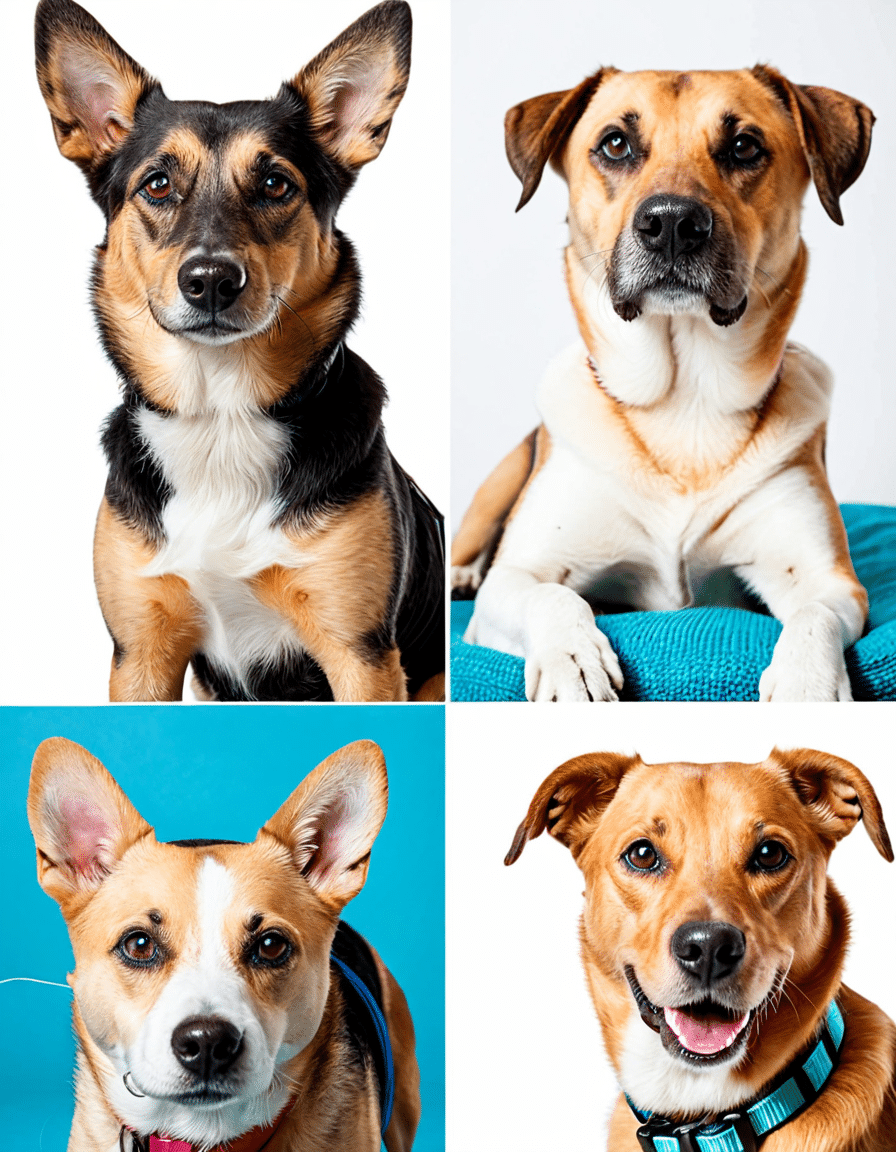
What does a mast cell tumor look like on a dog?
A mast cell tumor on a dog can appear as a raised lump or bump on the skin, which may vary in color from pink to brown. These tumors can sometimes be firm and feel different from the surrounding tissue, and they might change in size, especially when poked or scratched.
What is the life expectancy of a dog with a mast cell tumor?
The life expectancy of a dog with a mast cell tumor can vary widely based on the tumor’s grade, its location, and how well it responds to treatment. Some dogs live for several months, while others can survive for years with proper management.
What can be mistaken for a mast cell tumor?
Other skin conditions, such as lipomas, cysts, or even infections, can be mistaken for mast cell tumors due to similar appearances. A veterinary examination and potentially a biopsy are often needed to make a clear diagnosis.
When to euthanize a dog with mast cell cancer?
Deciding when to euthanize a dog with mast cell cancer is tough and personal. It’s usually best to consider it when the dog is in pain, shows a decline in their quality of life, or when treatment options have been exhausted.
What are the symptoms of end stage mast cell tumors in dogs?
Symptoms of end-stage mast cell tumors in dogs can include severe lethargy, lack of appetite, noticeable swelling at the tumor site, vomiting, and general discomfort or pain. It’s essential to keep a close eye on your pup during this time.
What not to feed a dog with mast cell tumor?
It’s best to avoid feeding a dog with a mast cell tumor anything high in fat, as well as certain processed foods and treats that might trigger allergic reactions or irritation.
Is my dog in pain with a mast cell tumor?
Yes, dogs with mast cell tumors can experience pain, especially if the tumor is large, growing quickly, or causing discomfort in surrounding areas. Regular check-ins with a vet can help manage their pain effectively.
Does Benadryl shrink mast cell tumors?
There’s some evidence suggesting that Benadryl, an antihistamine, may help decrease some mast cell activity, but it generally doesn’t shrink tumors significantly. Always talk to your vet before using it as a treatment.
What dog breeds are most prone to mast cell tumors?
Breeds like Boxers, Bulldogs, Labrador Retrievers, and Golden Retrievers are often found to be more susceptible to mast cell tumors compared to others. Genetics can play a significant role in this.
What does a mast cell flare up look like?
A mast cell flare-up can typically look like a dog’s existing tumor becoming red, swollen, or itchy and may also be associated with vomiting or changes in behavior. If you notice these signs, reach out to your vet.
How fast does a mast cell tumor grow on a dog?
Mast cell tumors can grow at different rates; some may enlarge quickly within days or weeks, while others grow slowly over months or longer. Growth can depend on the type and grade of the tumor.
How to tell if a mast cell tumor is cancerous?
To determine if a mast cell tumor is cancerous, veterinarians usually perform a biopsy. They look at the tumor’s cells under a microscope, which helps in grading the tumor and planning treatment.
What is the most aggressive cancer in dogs?
The most aggressive cancer in dogs varies, but hemangiosarcoma and osteosarcoma are often cited among the most severe due to rapid progression and poor prognosis.
When to say goodbye to a dog with cancer?
Saying goodbye to a dog with cancer should be based on the dog’s quality of life. If they’re in constant pain without relief or unable to enjoy their favorite activities, it might be time to consider euthanasia.
Did my dog know he was being put to sleep?
Dogs may not fully understand they’re being put to sleep, but many owners believe they sense the love and comfort from their caregivers. The emotional bond during those moments can be significant.
How to identify mast cell tumor?
Identifying a mast cell tumor usually involves observing a lump on the skin and then consulting with your vet for diagnosis through fine needle aspiration or biopsy. Early detection is crucial for treatment.
Does Benadryl shrink mast cell tumors?
Benadryl might not significantly shrink mast cell tumors but can help manage allergic reactions related to mast cell activity. Always consult your vet before using it as a treatment option.
How to tell the difference between a mast cell tumor and a cyst in dogs?
Differentiating between a mast cell tumor and a cyst in dogs typically requires a veterinary exam and possibly a biopsy, as both can look similar but behave differently in terms of treatment and prognosis.
How much does it cost to remove a mast cell tumor from a dog?
The cost of removing a mast cell tumor from a dog can range widely, often from a few hundred to a couple thousand dollars, depending on factors like the tumor’s location, size, and if there’s a need for additional procedures or treatments.


